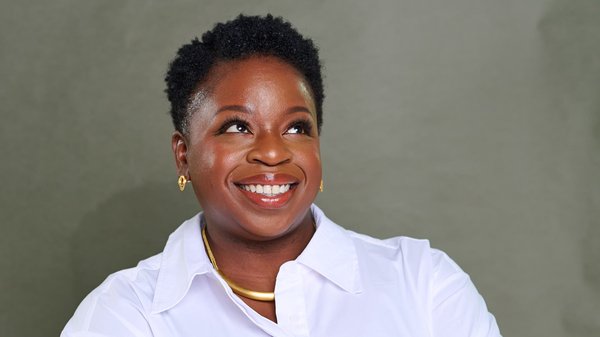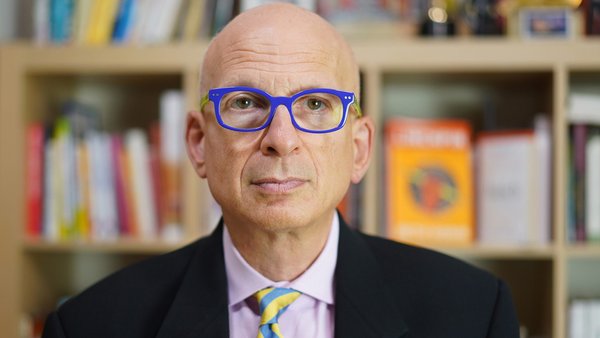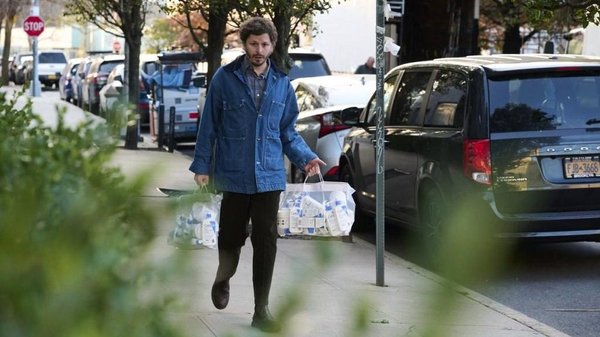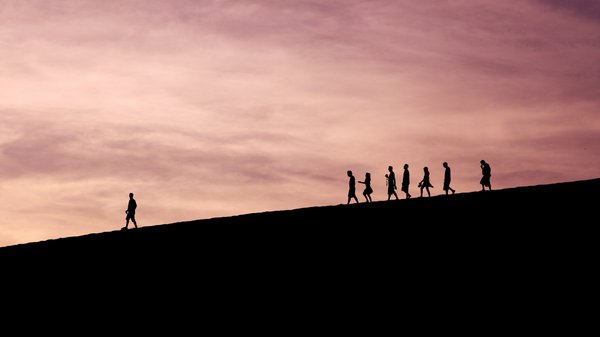How a 23-year-old graduate helped transform Duolingo’s social media marketing /
Senior global social media manager Zaria Parvez talks about the importance of giving autonomy to junior talent and how she helped transform Duolingo’s green owl mascot into a social media favourite with 8.2 million followers
Sunil Bajaj
/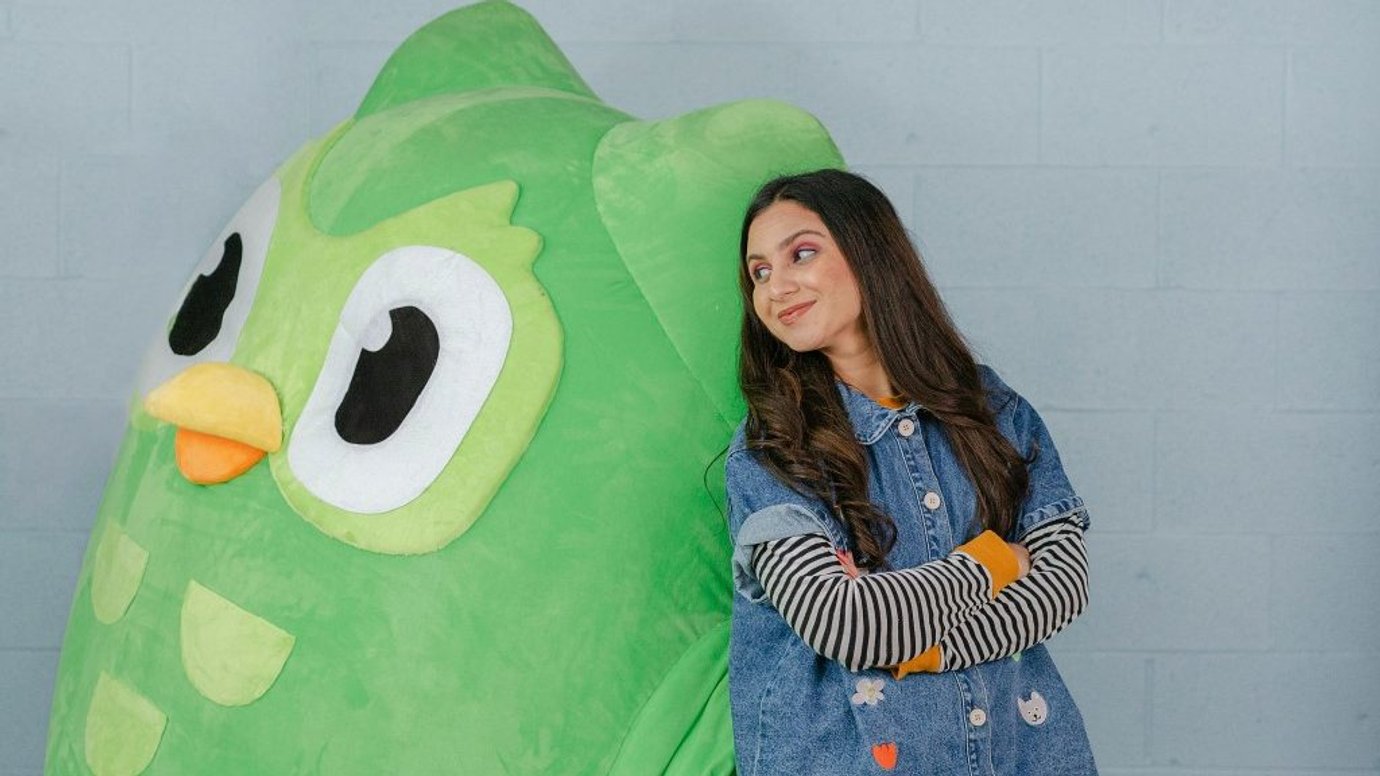
In Contagious’ most recent Brand Spotlight on language learning app Duolingo, we tell the story of how the brand’s social-first marketing strategy has transformed its advertising since 2021.
The instigator behind this new direction wasn’t an executive boardroom meeting, a synergy workshop or a trend forecasting report – but 23-year-old graduate Zaria Parvez, who simply asked if she could start making videos for the brand’s dormant TikTok account.
Fronted by the brand’s mascot, an owl called Duo, the offbeat videos feature all sorts of ‘unhinged’ content; Duo conducts a séance, twerks on an office desk, and proposes to Dua Lipa. The consistently cheeky stream of content has seen the account accumulate 8.2 million followers in just two years.
And there’s a method behind the madness – a combination of reacting to cultural trends, creating irreverent content and turning Duo into an influencer in his own right – everything that Parvez kicked off when she picked up the reins of Duolingo’s TikTok account.
To find out more about the self-proclaimed ‘Duolingo Girl’, Contagious spoke to Parvez about her beginnings at the company, the importance of giving creative freedom to junior talent, and her advice for other brands that want to replicate Duolingo’s social success.
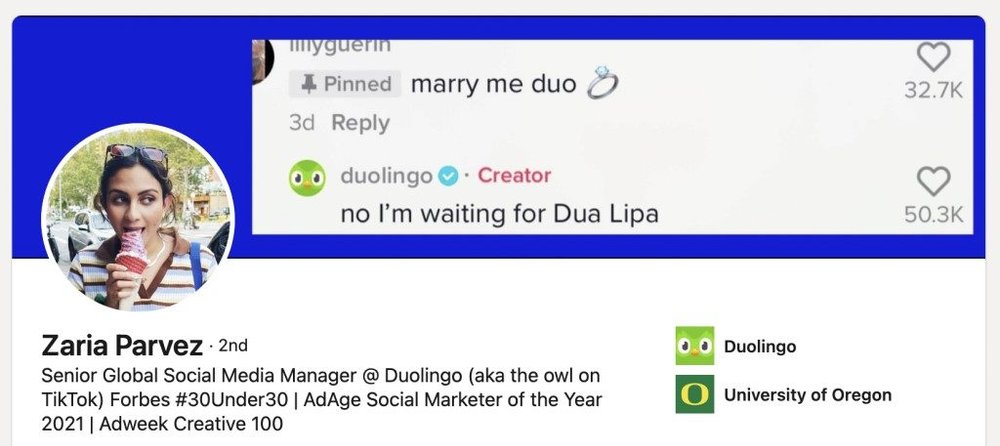
What were you up to before you joined Duolingo?
I went to school at the University of Oregon. Our advertising programme was pretty competitive and most well-known for birthing Phil Knight, Nike and Just Do It. There I studied media planning and strategy, but social media was what I really loved – I just never thought I could make a career out of it. Then I interned at Havas, New York, during my junior year and decided I hated New York and advertising agencies. I had this really weird crisis moment because the plan was to go to the big city and be a junior in advertising – but I was like, ‘God dang it, I hate it! I’m not happy.’
Zaria Parvez, Duolingo
How did you join Duolingo?
I basically wanted to be somewhere low-key, and Pittsburgh is super low-key. From there I narrowed down the companies I was interested in and I was looking for somewhere that was inherently diverse – where it was a part of the company DNA and not some fake virtue signalling thing.
Duolingo had the mission of making education accessible for everyone and was founded by two immigrants. I was like, ‘Dope, that’s my place!’ At the time, the only role open was for a social media coordinator and they were looking for two to three years of experience. But this was going to be my first job out of college. I don’t know what I said during the interview, but they liked me and I started working full-time during the pandemic.
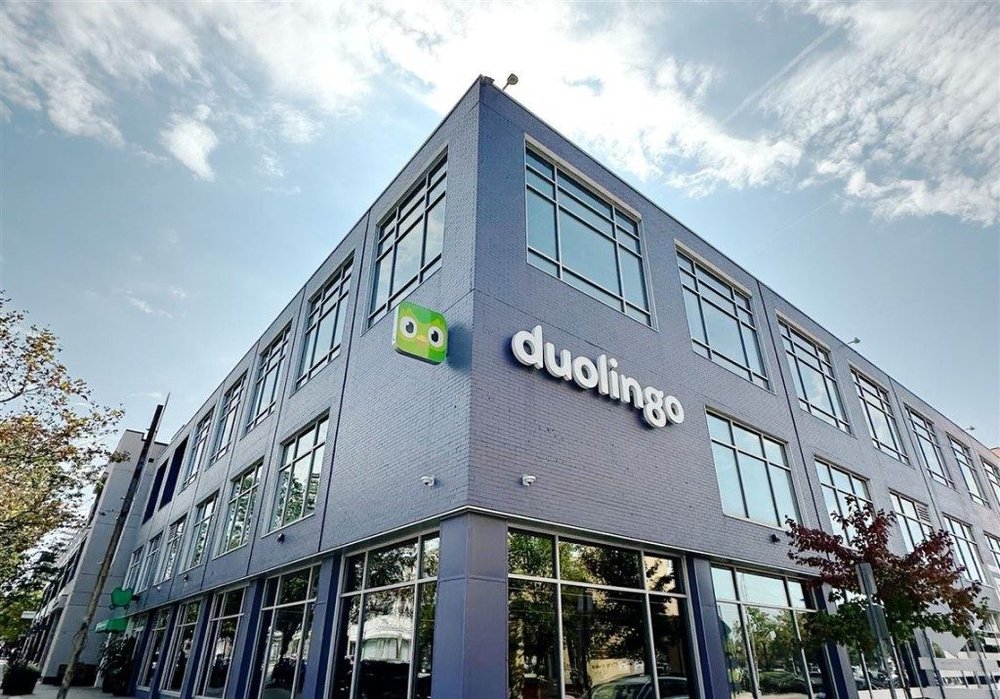
How did you go from being a junior social media coordinator to running the brand’s TikTok account?
My first year at Duolingo was mostly about getting the lay of the land, learning how to give feedback and standing up for things I believe in. It wasn’t until a year in and we were able to return to the office following the pandemic that I felt able to come up with ideas that could help elevate our social. I remember walking into the HR area and seeing our big Duo mascot suit sitting on the floor and saying, ‘This is ridiculous! There’s something here.’ At this same time in Q3 2021, TikTok announced it had reached 1 billion monthly active users, so the platform was really top of mind for me. The challenge I posed myself was, ‘If these people are on TikTok they’re not using our app. So, how do we get them to come over?’
Zaria Parvez, Duolingo
What did Duolingo’s TikTok content look like before you took the reins?
We [were] making our content in partnership with TikTok. I remember thinking that it was very meh. It’s funny, everyone else looking back has said, ‘You could have just said something.’ They were right, I didn’t because as a junior talent, I didn’t think I had a say.
After we stopped the partnership with TikTok, I wanted to make something great and I felt that TikTok was the perfect opportunity because no one had really touched it and it was a blank space for me to create in. When I asked to take it on, everyone said, ‘Yeah, just go for it.’ Duolingo has this great ‘test and learn’ attitude. If you believe in something, even to this day, you’ll be given budget to make it happen.
What were the challenges of getting the TikTok account off the ground?
We dealt with a lot of the same issues that small companies face, like not really having budget – so the conversation quickly became: ‘What can I do with what little I have to make something happen?’ There wasn't this big meeting where we all sat down and decided the turn of events, and no one at Duolingo was actively saying, ‘These are all the restrictions, this we have to advocate for, etc.’
As junior talent, I had the benefit of not really knowing what I was getting myself into. More seasoned people would be thinking about legal reviews or how other teams might perceive the content, but thanks to my naivety, it allowed me to take risks that I didn’t even know were risks at the time.
What was your plan to transform Duolingo’s social content?
Our first success wasn’t actually creating video content, as I didn’t think I had the skillset for that – it was from commenting on other people’s videos. Those comments ended up becoming almost like the new push notification for Duolingo. Everyone started seeing Duo pop up everywhere.
People really liked that, so our strategy was to work backwards from that. It was honestly all very scrappy at the start – just taking moments of inspiration from knowing the platform, being social-first and existing in culture. It’s that mentality which really built these videos and ‘CAP’, our first viral hit, happened pretty soon after that.
Zaria Parvez, Duolingo
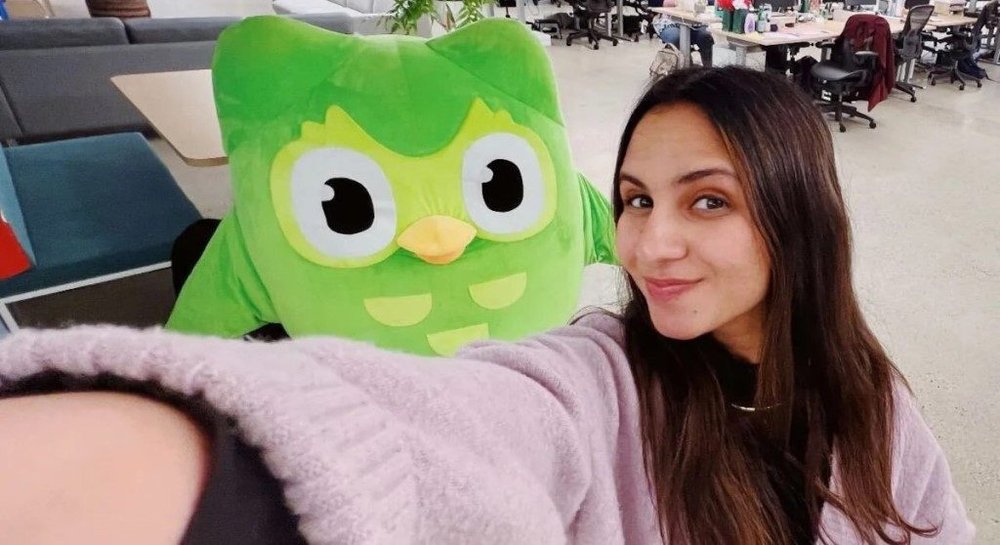
How has Duolingo’s broader marketing strategy shifted since the success of this kind of content?
It has taken a year and a half to fully realise our shift in strategy to social-first marketing. As our TikTok was starting to take off, our social media, community content and campaigns [were still] pretty separate. It took about a year to start making our campaigns social-first and our mantra for 2023 has been about shifting our whole marketing strategy to being social-first.
You can't plan virality. But you can plan mentality. Our openness to being scrappy and experimenting [is] what has set us apart. Everyone has the mindset [that] if we want to go viral, we have to make it happen fast. That's the key to consistency, setting a mentality and becoming mission-driven.
I’ve seen the shift [from] these big tentpole campaigns to being more integrated with TikTok and asking how we can make content social-first. For the first time, we shot a campaign in 9:16 (the aspect ratio for vertical videos we view on our phones) to prioritise it going on social and not looking cropped. Small moments like that are where you can really see the mental shift.
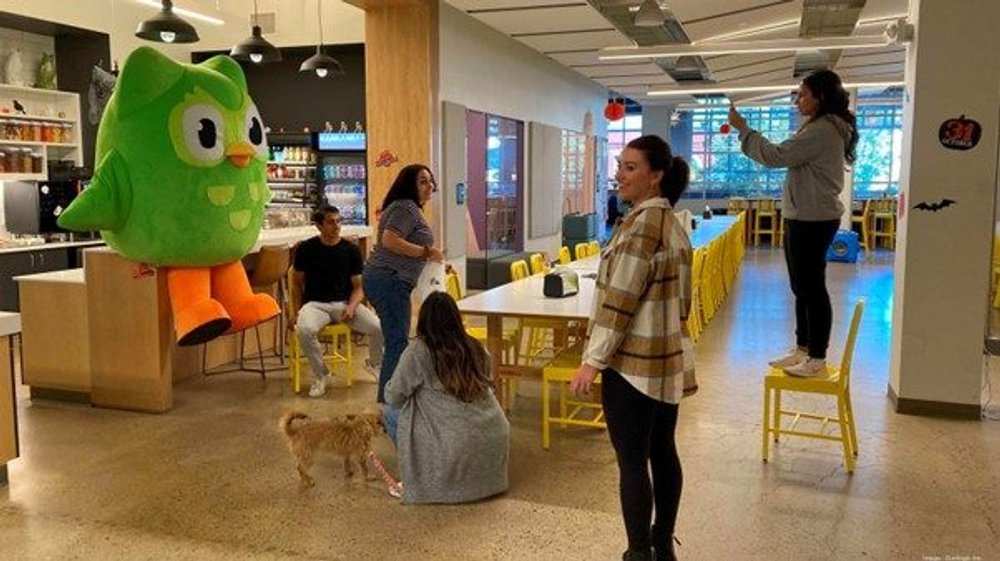
How did everyone internally react to this transformation of the marketing strategy?
There was some initial pushback here and there. Imagine a new grad coming in and saying, ‘Hey, this is exactly how we’re changing and revolutionising everything’ to someone who has been working on the craft for 15 years. That’s naturally going to cause some tension. But people have been receptive as they see the impact of it and where the business is heading.
Zaria Parvez, Duolingo
What is the best audience interaction you’ve had as a social media manager on Duolingo?
I don’t think you realise when you’re looking on your phone what 7 million followers really means. Every day I go to the office, see the same 10 people, post, and then go home. When you bring Duo out into the real world, that’s when it really hits you that 7 million people are seeing this. One of the coolest times was when we went to VidCon in 2022 and they asked Duo to be a featured creator versus someone on the brand track. The line for Duo was even longer than Anna Sitar and all these other huge influencers, which is crazy.
And how often is it you inside the Duo suit?
Rarely [laughs], but it’s actually seen as a rite of passage now. We have a Slack channel where we’ll do calls for anyone who wants to be Duo, and people will be like, ‘Me, me, me!’ We’ve had our director of social, engineers... anyone and everyone is welcome.
How big is Duolingo’s US social team now?
That's the coolest thing. When I started in 2020 it was just me and my manager, but she was half PR and half social. Now we have a head of social, a community manager, a social coordinator, a social manager, me and then we’re hiring another social coordinator. So it’ll be six people, grown from just one.
Zaria Parvez, Duolingo
What advantages do you think junior talent can bring that brands may often overlook?
The biggest thing is fresh eyes and a lack of jadedness. I know we’re used to hearing that, but there’s something about not really understanding advertising that leads to making great advertising. That’s the content that people want to watch on TikTok and social in general. People don’t want ads. People who are used to consuming content as a user are typically able to translate that very fast into an active skillset – which tends to be junior talent. I used to think that because I was so junior I didn’t know what I was doing. But now, all the social people we hire are fresh out of college. I want the youngest people who have no idea what they’re doing, but still have hustle, can take feedback and just care in some shape or form – that’s where the great work comes from.
But I also think that your age isn't your superpower, I believe that it’s more a matter of mentality. Maybe it’s easier for Gen Z, but we’re all capable of learning. I always try to stress that it’s the fun mentality that kids like us tend to bring in that works, but you can replicate that very easily at any age – it's just a mindset thing.
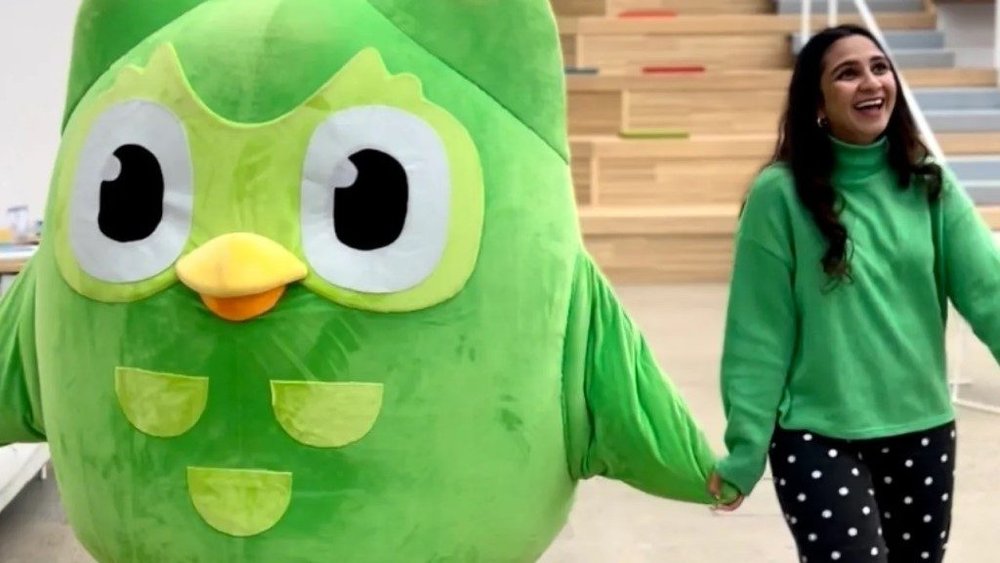
What advice would you give a brand looking for similar social media success?
Dream big, but iterate small. Think about where you want your brand to go and what you want it to be, then find smaller things you can iterate on to make that happen. A lot of people think that Duolingo’s TikTok was an overnight success. But it’s a consequence of us taking small risks and pushing it just a little bit at a time until the point we are at today. The risks we take today are probably not the risks we would have taken two years ago – there was a time when people were freaking out about us typing in all lower caps without proper punctuation because we are a language-learning app. Now, that’s not even questioned.
You also need to trust that the person on the other side of the phone will close the loop for you. If you have a good product, you can have fun because people will perceive you as trustworthy, but now you’re also someone who’s relatable and gets it.
What’s been your greatest learning from your time working on Duolingo?
Keep it simple, stupid.
Want more of the same? /
We don’t just write about best-in-class campaigns, interviews and trends. Our Members also receive access to briefings, online training, webinars, live events and much more.
